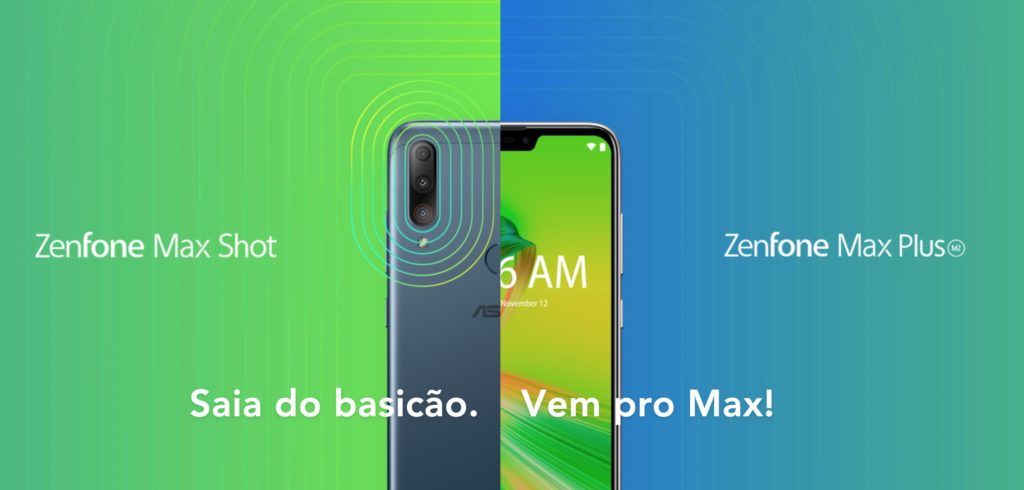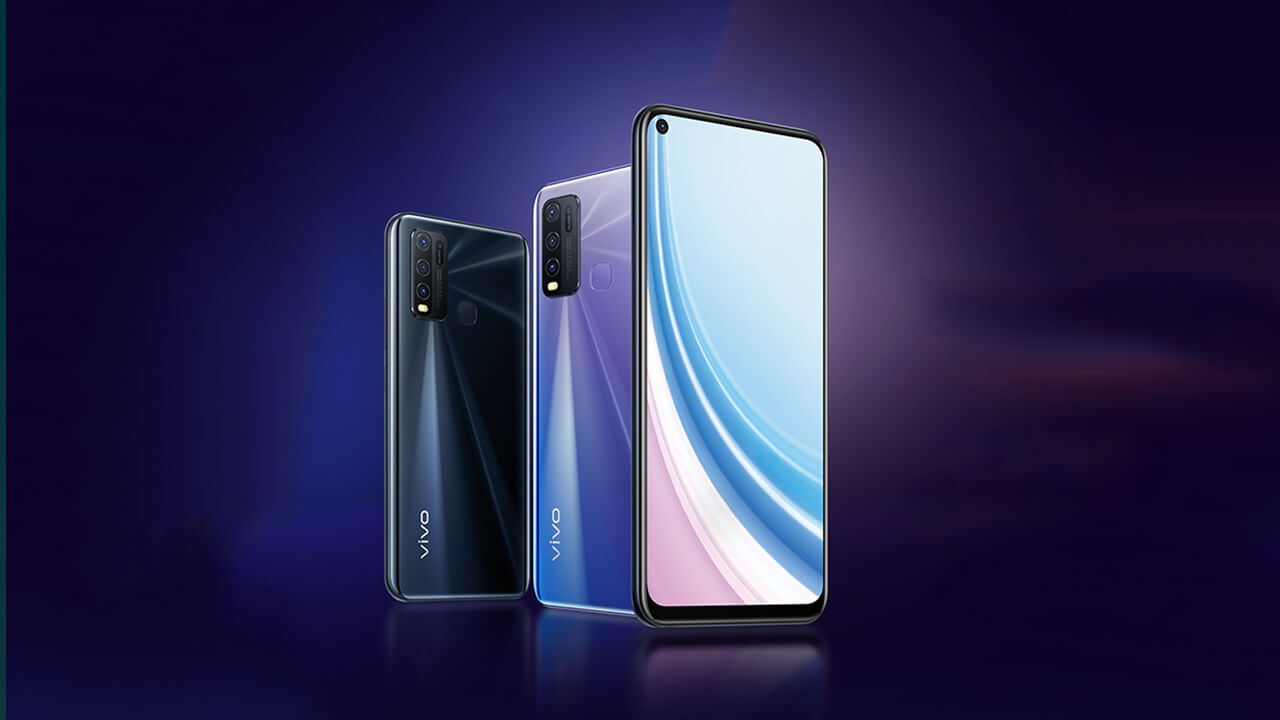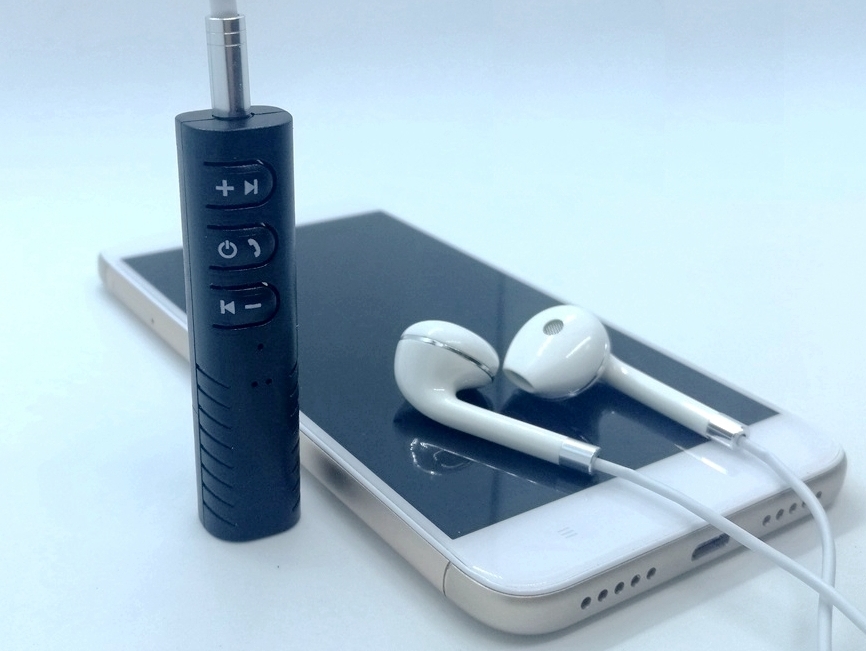Asus ZenFone Max Plus M2 and Max Shot: Budget Camera Phones

Recently, Asus has released two of its new creations. The announcement of the smartphones took place in Brazil, and it was there that ZenFone Max Plus M2 and Max Shot have already hit store shelves. Whether they are worthy of their prices will be known at the end of the review. However, the developers have made it clear that these devices are aimed at the buyer with an average income. Manufacturers also announced the uniqueness of the technical characteristics of their new products. Whether this is really so, we will find out in this article.
Brief information
First of all, it's worth noting that the Asus ZenFone Max Plus M2 and Asus ZenFone Max Shot are essentially identical smartphones. The only difference between them is the quantity and quality of the main camera modules. Otherwise, there is no difference between them, even in appearance they do not differ at all.

Both models feature a slightly outdated USB port, a finger-scanning sensor on the back of the case, and a dedicated flash drive slot. This slot is made in a completely different way compared to other models. Now it is not hybrid and has a dedicated shape. According to manufacturers, it has something to do with the installation of the new chipset in future models.
Detailed specifications
| Parameters | Max Plus M2 specifications | Max Shot Specifications |
|---|---|---|
| Dimensions | 159x76x8.5 | 159x76x8.5 |
| Weight | 165 gram | 165 gram |
| Number of sim | 2 sim cards | 2 sim cards |
| Matrix type | IPS, 16 million colors | IPS, 16 million colors |
| Display diagonal | 6.3 inch | 6.3 inch |
| Display resolution | 1080x2246 pixels | 1080x2246 pixels |
| operating system | Android 8.1 | Android 8.1 |
| Chipset | Qualcomm Snapdragon SiP1 | Qualcomm Snapdragon SiP1 |
| CPU | Cortex A53 1.8 GHz | Cortex A53 1.8 GHz |
| Video processor | Adreno 506 | Adreno 506 |
| Flash drive | 512 MB | 512 MB |
| built-in memory | 32 GB | 64 GB |
| Main camera | 12 MP, 8 MP, 5MP | 12 MP, 8 MP |
| Filming | 4K, 30 frames per second | 4K, 30 frames per second |
| Built-in camera | 8 megapixels | 8 megapixels |
| Battery capacity | 4000 mAh | 4000 mAh |
| Colour | Red, black, blue, gray | Red, black, blue, gray |
| Price | 14,000 rubles | 14,600 rubles |
Design
By the standards of 2019, the device looks quite simple, there are no remarkable details in them. With an unarmed eye, you can see some similarities with the tenth iPhone, as well as a few familiar details borrowed from the previous ZenFone Max M1.
Despite their most common appearance, it becomes clear that smartphones are very comfortable and reliable. This is facilitated by the quality of the materials from which they are made.
All previous Max models were made strictly from metal alloy, and soon switched to a combination of metal and plastic. In the case of new devices, everything looks very different. This time the devices are made of armored glass.

In general, the appearance of the devices does not cause any delight, but at the same time everything looks stylish. The body material is quite pleasant to touch with your hand. Despite its relatively low cost (14 thousand rubles), the appearance is made for a solid five.
The finger-scanning sensor on the back cover easily touches your hand and responds instantly. For manufacturers, this is a progress, as all previous models were too blunt during unlocking.
In the case of devices, as befits all smartphones with a capacious battery, all the necessary ports and connectors are located. There is a 3.5 jack audio jack on the top of the case. Unfortunately, an additional headset is not included with the device.
The bottom of the device has a connector for charging the battery. Nearby is a microphone and a speaker hole for hands-free calling. In appearance, the speaker resembles a port for flash drives on older smartphones.
Inside the case there is a special slot for two nano SIM cards and a flash drive. The latter is very useful, given the small internal memory of 32 GB. The slot looks sturdy and takes up little space.
Display
The devices are equipped with a decent display with an aspect ratio of 19: 9 and a diagonal of 6.3 inches. The type of matrix in both smartphones is IPS with full HD resolution. The calculated aspect ratio of the screen allows you to conveniently view your favorite photos and videos in the usual 16: 9 ratio, despite the curvature of the body and the existing monobrow.

At the moment, the presented smartphones have the best display in their price range. One of the leading characteristics is considered to be the complete absence of a shift in color balance towards blue shades. The colors are warm and pleasant, and the picture is rich and vibrant.
In the system settings, it is possible to adjust and add the level of multi-colored shades to the color balance at will. Also, the functionality has a night mode, which automatically reduces the temperature of the screen for comfortable reading or watching movies before going to bed. This mode can be activated both on schedule and at will.
Unfortunately, the density of dots on the display is relatively low, but despite this, and despite the fact that the diagonal of this density is large enough, the image still gives a good picture with a minimum amount of grain. Blurring on the screen is also not noticeable, even during strong lighting.
Sadly, these devices do not have a Full HD display.
Iron
Both devices are powered by the new generation Snapdragon SiP1 chipset, which has several interesting features, but more on them later. Thanks to this chipset, the device's system functions stably, without any sagging and braking, however, the processor pulls rather weak games.

In terms of basic applications, the system is doing well. The system works quite quickly, there is no hang-up while loading programs, and the main power-up of the device occurs almost instantly.
It is worth noting that stability during heavy applications and games is completely absent. When launching a powerful game, the system produces a very weak picture with minimal graphics settings. Only with such conditions can these smartphones function in the gaming area.
operating system
The presented devices operate under the leadership of Android 8.1. The operating system is clean, without unnecessary add-ons, shells and installed applications.

This is very convenient, since the bare operating system takes up relatively little space and gives the opportunity to independently install all the necessary applications for the user. But a clean operating system has its drawbacks, and they relate to battery life.
Battery capacity
The battery of the described smartphones is arranged in an interesting way. Surprisingly, the battery capacity is 4000mAh, which looks promising overall. But it was not there. This volume should be enough for at least several days of continuous work. However, these devices, in terms of the duration of their work, cannot jump over devices with a lower battery capacity. The situation is not very pleasant and resembles the previous smartphone from the Max pro line, in which the battery was 5000 mAh, but could not fully work out 3500 mAh.
Apparently, the result of this low-quality power consumption is a type of display that cannot fully cooperate with the existing processor.For normal operation with such a screen, there must be a processor that will work much faster, and only then the system will consume less energy.
Firmware version and clean operating system may also be to blame. The fact is that due to the lack of special software installed by default in most operating systems with the manufacturer's shell, energy consumption occurs without proper control.
Snapdragon SiP1
According to the Qualcomm organization, the announcement of the new generation of chipsets took place back in 2018.
In system language, SiP stands for System on Package, which is actually a huge difference from SoC (System on Chip) configuration. The difference lies in the fact that all the main system components, the number of which exceeds four hundred units, are located on one module during soldering. This move was made specifically to save space in the smartphone body, which will come in handy during the design development and assembly of other parts.

Other details include a slot for flash memory of a dedicated form. In both smartphones, you can easily install several SIM cards and a special memory card at once. The memory card is rated up to 256 gigabytes.
The Snapdragon SiP1 chipset is pretty interesting. In technical terms, the same Snapdragon 450 opens in front of the user, only this time it is equipped with a different configuration. The new chip is equipped with a powerful eight-core Cortex A53 processor, which operates at a frequency of 1.8 GHz. For the production of this chipset, a standard 14 nm technical process contributed. The chip works in conjunction with the Adreno 506 GPU.
Device Cameras
As mentioned earlier, the main differences between Asus ZenFone Max Plus M2 and Asus ZenFone Max Shot smartphones are the camera system and quality.
Asus ZenFone Max Shot
This device has a main camera with three high-quality modules and excellent functionality. Apart from the three modules of the main camera, the composition includes a wide-angle and a depth sensor.
The main camera module operates under the leadership of a sensor from Sony and has a resolution of 12 MP. The aperture is F / 1.8. The next module is wide-angle and has 8 MP. Thanks to the wide-angle module, it is possible to shoot with viewing angles of 120 degrees. The third module is optional and is designed for portrait photography. Its resolution is 5 MP.
The pictures taken with the main camera are decent. The image comes out sharp, brightness and saturation are normal, and there is practically no noise and grain. In poor lighting, of course, the photos are a little worse, but still watchable.
The front camera is not bad either. With good lighting, it is capable of producing quite acceptable pictures, and more is not required from it.
Asus ZenFone Max Plus M2
In fact, it is the camera that is considered the strongest node in this gadget. Although this is a budget option, the quality of the images cannot compete with powerful cameras, but for such a price the result meets all expectations. Even with poor lighting or dark nights, the images come out decently and with natural color levels. If we compare with other smartphones, for example, take the same Xiaomi Redmi 6 or Honor 8, then this one will show the best level of image quality.

The main camera has two modules. The main module, like that of the partner, comes with a sensor from Sony and has a 12 MP. The aperture is the same - F / 1.8. The second module is wide-angle and has a resolution of 8 MP.
The front camera in the device is slightly weaker than that of the partner, but it can also produce good pictures. Good lighting is the main factor when working with a front camera. Provide the device with light, get good photos. In addition to the front-end, the functionality has an improvement module, with the help of which the taken pictures are amenable to special processing. The finished photos are nice and don't catch your eye with the effect of over-processing.
The disadvantage of the camera is the recording of videos.Despite the fact that the system has the ability to record video in 4K format at a speed of 30 frames per second, the camera shoots material to an outrageous disgust. The thing is that during shooting, the clarity begins to increase, and at this time the stabilization begins to lose its balance and as a result, an unbalanced frame is obtained.
It is better not to shoot at all at night. Not only do the videos turn out to be muddy, but you will have to use a special tripod to shoot them. Even with the stand, the system constantly tries to adjust the sharpness level (very often at times) and confuses the operator. If we compare the materials filmed with this video camera, then they are more like videos made with a video recorder.

Advantages and disadvantages
- Decent display with rich colors
- Decent camera with good photo quality;
- Improved chipset;
- Low cost - 14 thousand rubles;
- Nice appearance;
- Convenience and reliability of the device;
- The ability to install two SIM cards.
- Low device autonomy;
- The awful quality of the videos shot;
- Weak support for heavyweight games.
Output
The opinion about these smartphones is controversial. It makes no sense to compare them on the battlefield with direct competitors, since they could not particularly surpass their predecessors. If you look without prejudice, then in the arsenal of new devices there is the same speed of operation of programs, the same poor quality of graphics in games, the same low battery life as in previous models. Almost the only improvement is a good camera. It turns out that the new representatives of the line of budget smartphones, in fact, are the same as the previous versions of smartphones.
You can only emphasize a decent camera and a pretty good display. The latter has almost one decent side, besides the pixel density. But this does not spoil the general picture.
What is the end result? The cost of fourteen thousand rubles at the time of release suggests that in the near future these state employees, with the available characteristics and reputation, will drop several more thousand. In the end, the user will be presented with a mid-level smartphone for the amount of 10-11 thousand rubles. Quite an adequate price for such a device.
new entries
Categories
Useful
Popular articles
-

Top rating of the best and inexpensive scooters up to 50 cubic meters in 2024
Views: 97661 -

Rating of the best materials for noise insulation for an apartment in 2024
Views: 95022 -

Rating of cheap analogues of expensive medicines for flu and colds for 2024
Views: 91750 -

The best men's running shoes in 2024
Views: 87680 -

Top ranking of the best smartwatches 2024 - price-quality
Views: 85091 -

Best Complex Vitamins in 2024
Views: 84801 -

The best dye for gray hair - 2024 top ranking
Views: 82406 -

Rating of the best wood paints for interior use in 2024
Views: 77202 -

Ranking of the best action cameras from China in 2024
Views: 75269 -

Rating of the best spinning reels in 2024
Views: 74827 -

The most effective calcium supplements for adults and children in 2024
Views: 72462 -

Top rating of the best means for male potency in 2024 with a description
Views: 68296









